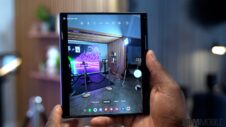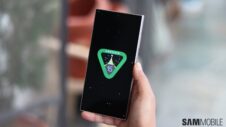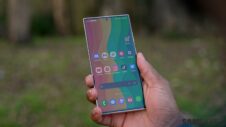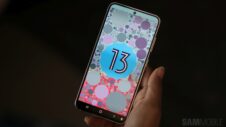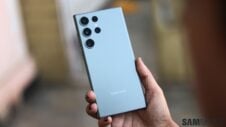There was a time when the new camera upgrades that Apple introduced with every new iteration of the iPhone would blow its competitors out of the water. It's sort of became a running joke that Android phones had bad cameras and that if you wanted a good mobile photography experience, you needed to buy an iPhone.
That's not the case anymore. Android manufacturers in general have significantly improved the camera capabilities of their devices. Google has also done a lot of work on the software level to make image processing much better on Android devices. Samsung in particular has led the way with its advanced imaging and processing technologies. It's also an industry leader in optical zoom technology for smartphones.
Samsung has managed to bring that gap down significantly in recent years. Like many, we were also interested in seeing just how the new iPhone 15 Pro Max would compare with the Galaxy S23 Ultra, Samsung's top-of-the-line camera flagship. The device is already six months old now and will be replaced by the Galaxy S24 Ultra in January, but it's possibly the only true competitor for the iPhone 15 Pro Max's camera right now.
We've already highlighted how Apple had the chance to match or beat Samsung's zoom technology with the iPhone 15 Pro Max, but it has already failed at that. It's no secret that the Galaxy S23 Ultra already has the new iPhone crushed and in doing so, it's already expected to be much better than next year's iPhone 16 Pro as well.
As this iPhone 15 Pro Max and Galaxy S23 Ultra camera test in night mode shows, the difference between the two is marginal at best, with the latter actually providing much better results in some shots compared to the latest top-of-the-line iPhone. It was evident that's where things were headed as even last year's iPhone 14 Pro Max couldn't muster the same performance in low-light conditions compared to the Galaxy S22 Ultra.
It's understood that the night mode on these devices intentionally brightens up the scenes to improve visibility. If this poorly done, the resulting images can look unnatural. The Galaxy S23 Ultra does a good job of maintaining a natural color saturation. The colors don't appear to be washed out as much and there's not excessive brightening of the scene, something that's a common attribute on phones from Chinese OEMs.
In comparison, the low-light mode of the iPhone 15 Pro Max turns out highly saturated pictures and videos. It's evident that the AI processing here gets a bit overzealous to the point where the results start to look unnatural. This should give Samsung fans more confidence as the Galaxy S24 Ultra is likely going to improve upon its solid foundation even more, thus providing a low-light imaging experience that's likely to outclass next year's iPhone.
Chalk that up to a healthy competition for Apple, but let's not lose sight of the bigger picture here. It's incredible how the gap between the imaging quality has been closed. With the major leaps having been made already, this means there will be fewer big ticket changes in the iterations to come. The era of incremental gains may truly be upon us as this has also become the case for performance of the chipset and other components.
Consumers have become used to the times when every new model brought major upgrades in performance and camera quality. Much of that has already been rationalized and the focus now has increasingly shifted on optimization and incremental gains. Samsung is itself focusing more on extracting the best possible experience out of the hardware that's shipped, instead of relying solely on gaining an advantage through outrageous specs.
It seems to be working well for the company. Its devices are better optimized now than ever before. They've bridged the shortcomings that had plagued them for years. People are realizing that there are areas now where Samsung phones blow the iPhone out of the water.
The lack of significant upgrades might end up making the yearly upgrade cycle a bit boring for fans. That has been the vibe with this year's iPhone event. At least Samsung is able to shake things up a bit with its foldable phones every year. However, when in a few years, even they're unable to ignite the same excitement, perhaps it would be time to consider new form factors. Good thing Samsung's got a lead on rollable phones already.
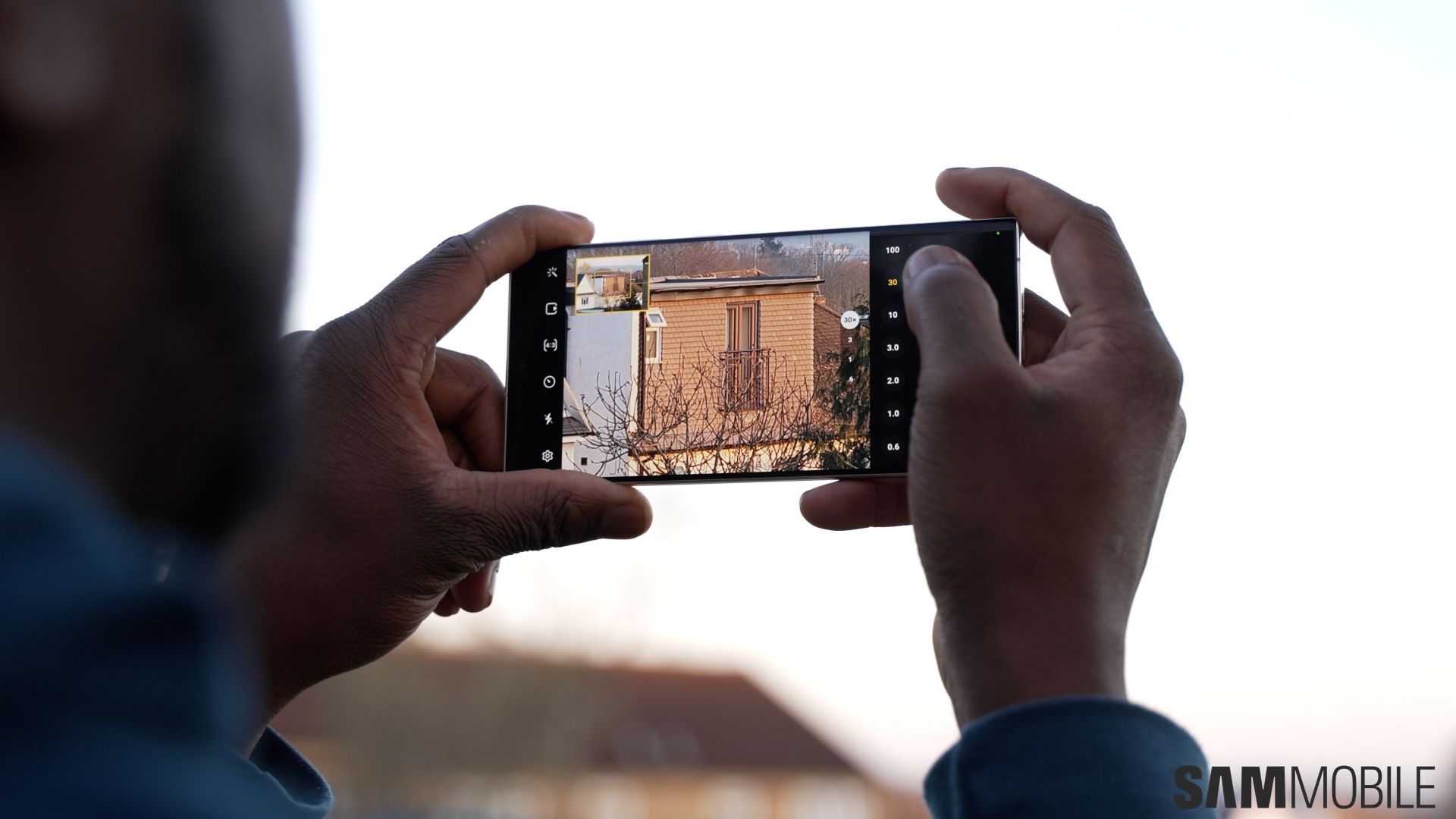
![[Update] Samsung is helping Apple improve AI on the iPhone](https://www.sammobile.com/wp-content/uploads/2023/12/Apple-iPhone-226x127.jpg)
